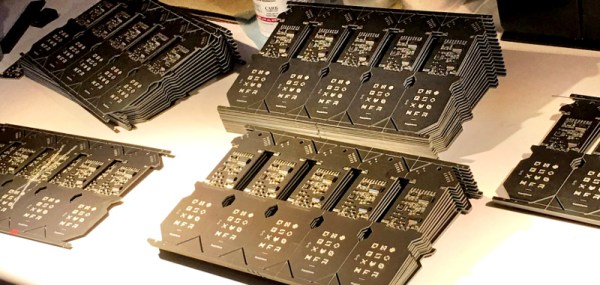Imagine this, you have a friend who grew up in Shenzhen, China. The place from whence all your really cool electronics come these days. They speak Chinese in a way only someone born there can, and given that you know them through a shared interest in hardware hacking you can assume they know their way round those famous electronics marts of their home town.
Now, imagine that in a rash move, your friend has offered to pick up a few bits for you on their next trip home. A whole city-sized electronic candy store opens up in front of you, but what do you ask for them to seek out?
Before you continue, consider this. Why has Shenzhen become the powerhouse of electronic manufacturing (and everything else) that it is? Economists will give you pages of fascinating background, but if you want a simple answer it is that those electronics are produced for export, and that its citizens are only too happy to export them to you. Therefore if you want to get your hands on electronics from Shenzhen you do not need a friend who is a native of the city, all you need is a web browser and a PayPal account.
We have all become used to seeking out the cool stuff and eagerly waiting for a padded envelope from China Post a week or two later, so there are very few items that are worth putting a friend to the extra task of finding. At which point you realize that it is the candy store rather than the candy itself which is so alluring, and you ask your friend for a video walkthrough with commentary of their travels through the electronics marts. Oh, and maybe a Chinese Raspberry Pi with red solder resist, just for the collection.
If you had a friend about to board a plane to Shenzhen, what would you ask them to find for you that you can’t just buy for yourself online? Remember, nothing that’ll land them with awkward questions at either airport, nor anything that’ll land them with a hefty customs bill. That’s a very good way to end a friendship.
Huaqiangbei skyline image: Edward Rivens (PD) via Wikimedia Commons.














